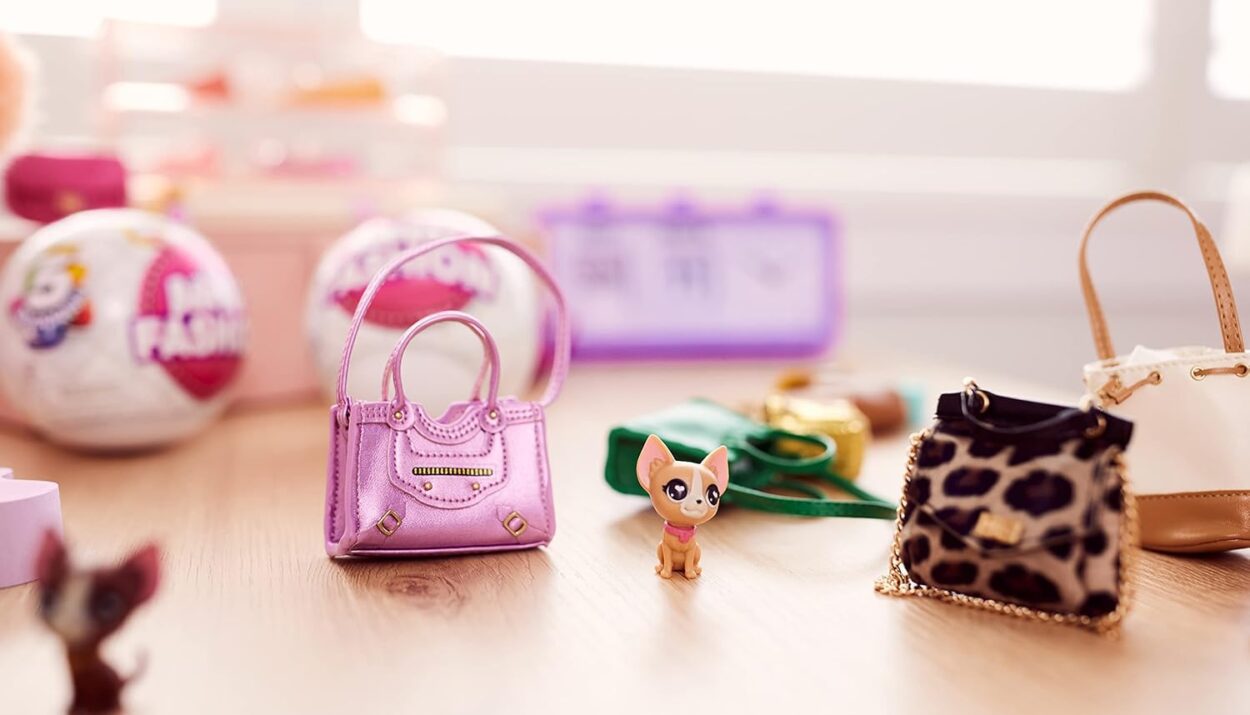From Trader Joe’s viral mini tote bags to tiny luxury beauty products, the trend of everything going small is booming. Brands are betting on the appeal of mini goods to tap into nostalgia, offer an affordable luxury entry, and cater to Gen Z’s micro lifestyle. However, while mini products evoke cuteness and convenience, they come with higher costs and environmental concerns.
- Mini Products Everywhere: From mini Snapple bottles to travel-sized beauty products, mini goods are flooding shelves to attract younger shoppers, especially Gen Z and Gen Alpha.
- Nostalgia and Luxury Appeal: Shrunken-down versions of iconic products tap into childhood memories and offer a more affordable entry into luxury brands like Chanel and Prada.
- Social Media Hype: TikTok creators like Jo Barker have gone viral for stuffing mini luxury bags with tiny beauty products, driving millions of views and likes.
- Higher Costs: Despite being more expensive per ounce, mini products entice consumers with lower upfront costs, making luxury more accessible without resorting to dupes.
- Environmental Concerns: While the mini trend thrives, experts warn of increased plastic waste and overconsumption, urging brands to adopt refillable, sustainable packaging.
- The Mini Business Payoff: Producing mini items can be costly for smaller brands, but the trend’s popularity makes it a valuable marketing tool for consumer experimentation and brand loyalty.
The mini-product trend may seem like a fleeting fad, but it’s here to stay, fueled by nostalgia and consumer desire for accessible luxury. As brands capitalize on the demand for bite-sized beauty and fashion items, they must also grapple with sustainability challenges, balancing customer satisfaction with environmental responsibility.










